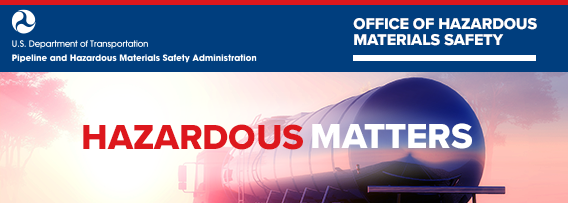General
Legacy ID
16
Show Effective Date
Off
Significant Regulatory Guidance
No
Laurens Commission of Public Works, SC
Laurens Commission of Public Works, SC Tier 2 Site Specific Environmental Assessment
City of Charlottesville, VA
City of Charlottesville, VA Tier 2 Site Specific Environmental Assessment
City Utilities of Springfield, MO
City Utilities of Springfield, MO Tier 2 Site Specific Environmental Assessment
FY 2024 Q1 FOIA Log
FY 2024 Q1 FOIA Log
Gas Board of the City of Fultondale, AL
Gas Board of the City of Fultondale, AL Tier 2 Site Specific Environmental Assessment
Hazardous Matters January-March 2024
img { padding: 10px 0 10px 12px; }
